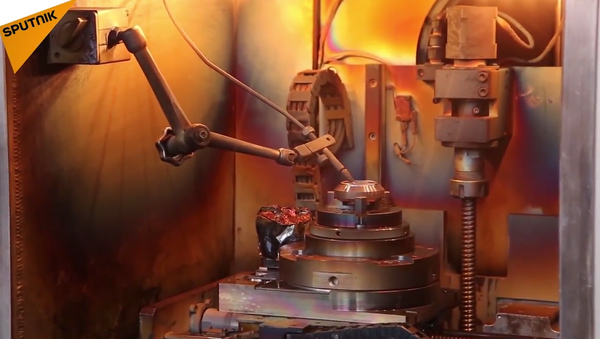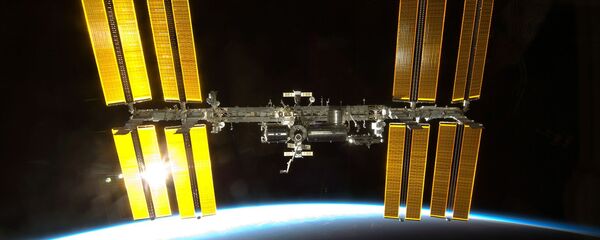There are countless electrical connectors on the International Space Station, and when nothing is connected to them, they must be closed with special caps. In zero gravity, these small plastic caps often just fly away and get lost behind the ISS panels or in the ventilation system.
Aleksandr Kaleri, a Russian cosmonaut and veteran of extended stays on the Mir Space Station, came up with the bright idea of printing the parts on board the station rather than ferrying them up from the Earth.
The novel ultrafast 3D-printer for space technologies is created by scientists from the Tomsk Polytechnic University and the Institute of Strength Physics and Materials Science of the Siberian Division of the Russian Academy of Sciences.
Currently, the printer uses polymers for printing, but in the future, it will also use other materials, including metal-clad ones. Alongside spare parts, the machine will also print tools. It is designed to produce items weighing up to 1 ton and generally work three-four times as fast as a typical 3D-printer.
The new 3D-printer was presented in Tomsk at Russian scientists' forum, U-NOVUS. It is expected that the experimental device will be delivered to the ISS in 2018.




